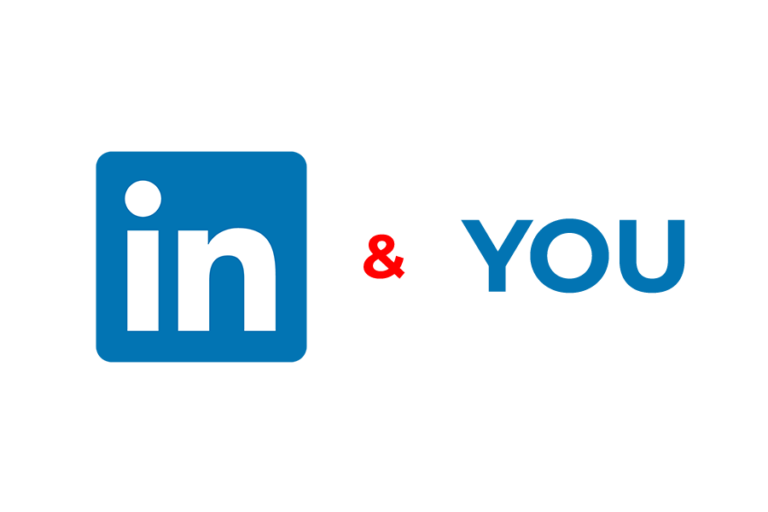
As the business landscape continually evolves, Business Process Outsourcing (BPO) companies adapt by expanding and updating their service offerings to meet a wide range of demands. BPO services encompass various business functions, including customer interaction, back and front-office transactions, IT and software operations, finance and accounting services, and human resources.
In addition to these core services, BPO companies have developed subspecialties such as information technology-enabled services, knowledge process outsourcing, legal process outsourcing, and research process outsourcing.
For example, a Professional Employer Organization (PEO) serves as a bridge in employment relationships by leasing employees to employers. PEOs manage various administrative tasks, including human resources, payroll, worker compensation, and employee benefits, thereby helping businesses reduce HR-related costs and boost ROI. They also engage in recruitment process outsourcing (RPO), enhancing their clients’ recruitment strategies.
Please see more about this field on the site of our partner >>



